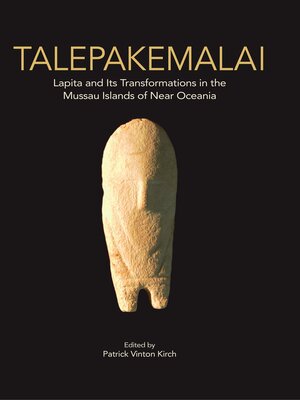Talepakemalai
ebook ∣ Lapita and Its Transformations in the Mussau Islands of Near Oceania · Monumenta Archaeologica
By Brian S Bauer

Sign up to save your library
With an OverDrive account, you can save your favorite libraries for at-a-glance information about availability. Find out more about OverDrive accounts.
Find this title in Libby, the library reading app by OverDrive.



Search for a digital library with this title
Title found at these libraries:
| Library Name | Distance |
|---|---|
| Loading... |
The Lapita Cultural Complex—first uncovered in the mid-20th century as a widespread archaeological complex spanning both Melanesia and Western Polynesia—has subsequently become recognized as of fundamental importance to Oceanic prehistory. Notable for its highly distinctive, elaborate, dentate-stamped pottery, Lapita sites date to between 3500-2700 BP, spanning the geographic range from the Bismarck Archipelago to Tonga and Samoa. The Lapita culture has been interpreted as the archaeological manifestation of a diaspora of Austronesian-speaking people (specifically of Proto-Oceanic language) who rapidly expanded from Near Oceania (the New Guinea-Bismarcks region) into Remote Oceania, where no humans had previously ventured. Lapita is thus a foundational culture throughout much of the southwestern Pacific, ancestral to much of the later, ethnographically-attested cultural diversity of the region.







